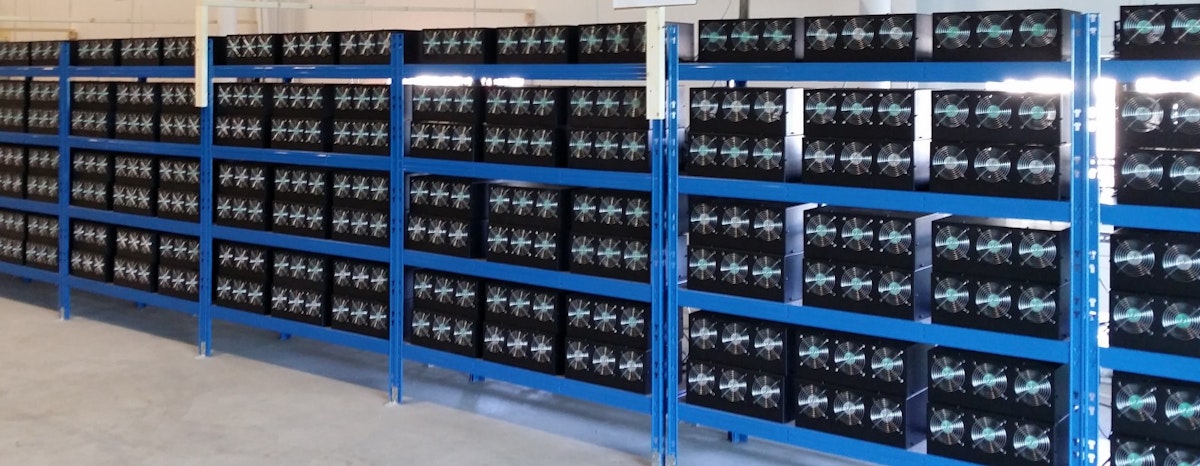22,178 reads
What is Proof of Stake?

Too Long; Didn't Read
The proof of stake system is attracting a lot of attention these days, with Ethereum switching over to this system from the proof of work system. Proof of stake is an alternative process for transaction verification on a blockchain. It is increasing in popularity and being adopted by several cryptocurrencies. To understand proof of stake, it is important to have a basic idea of proof of work. As of this writing, the proof of work method is used by Bitcoin, Ethereum and most other major cryptocurrencies.Emerging Tech Blog
About @shaanray
LEARN MORE ABOUT @SHAANRAY'S
EXPERTISE AND PLACE ON THE INTERNET.
EXPERTISE AND PLACE ON THE INTERNET.
L O A D I N G
. . . comments & more!
. . . comments & more!

